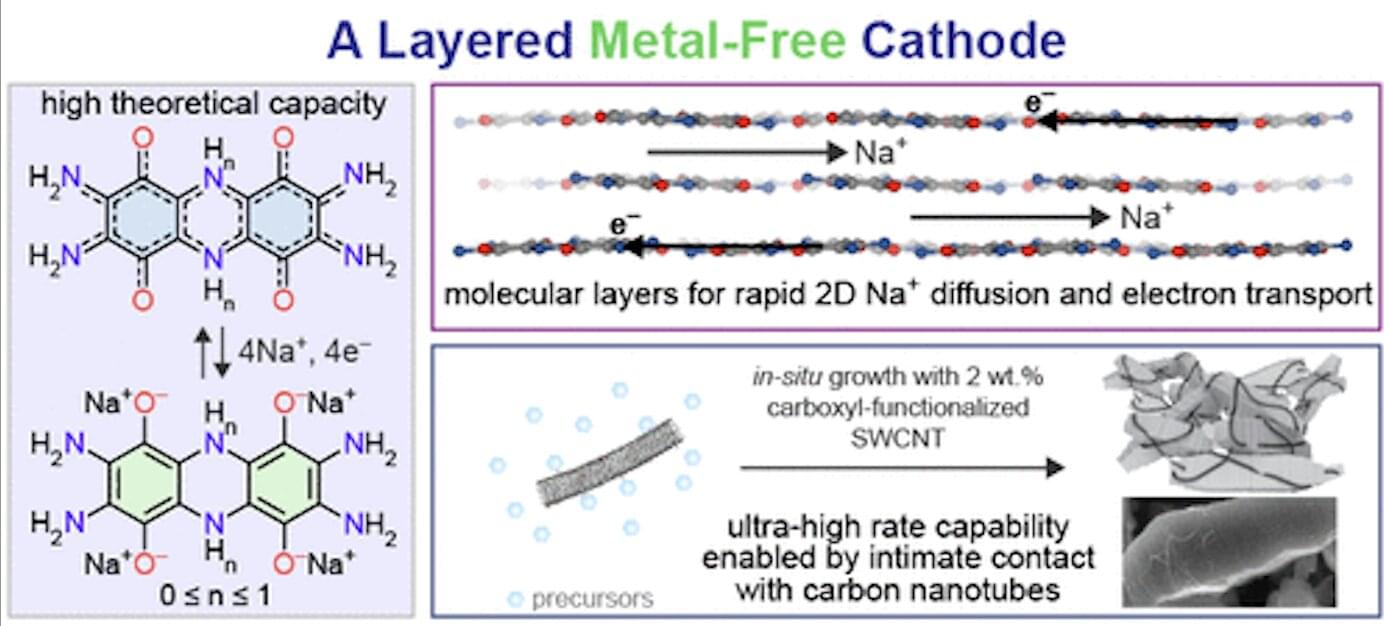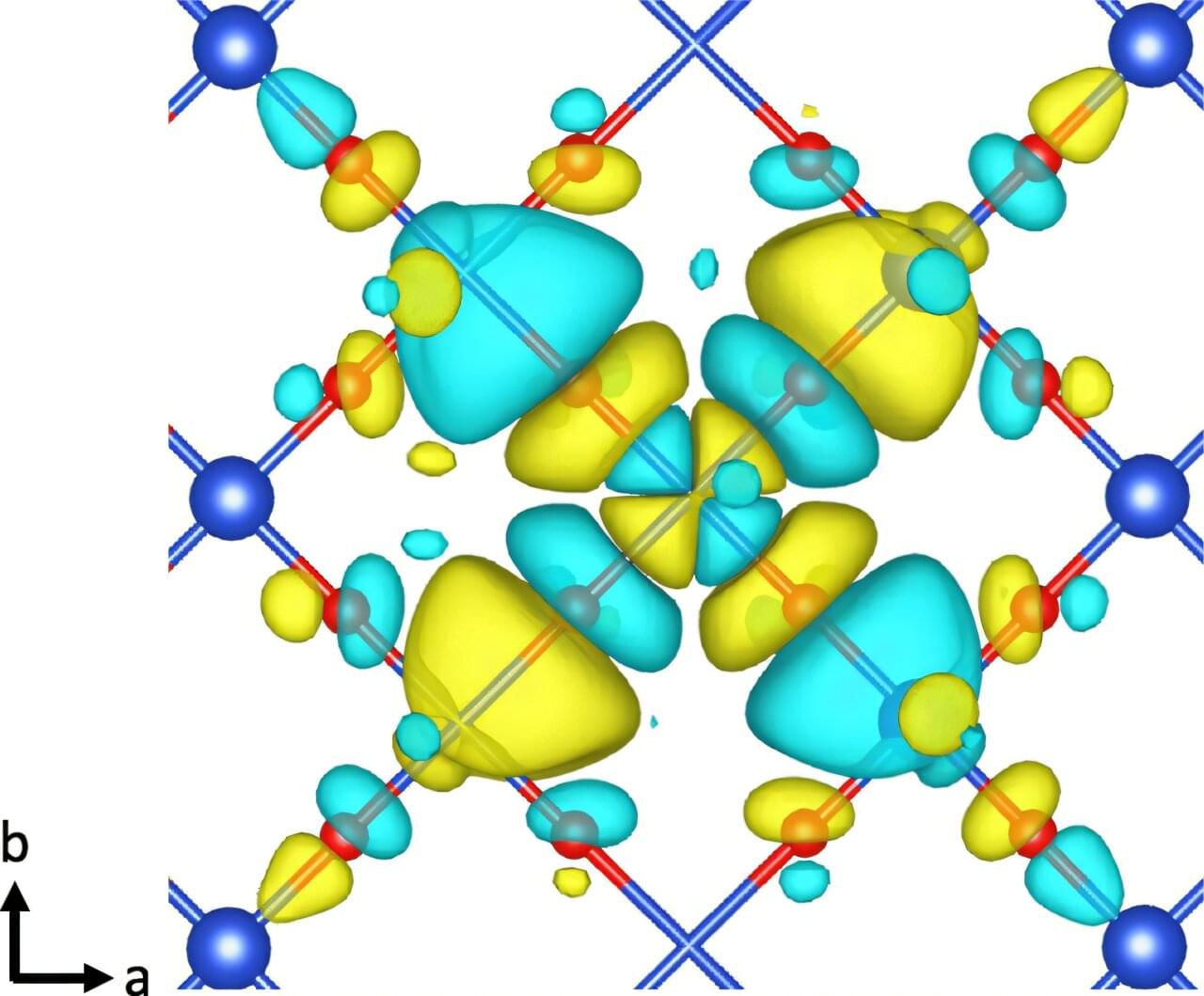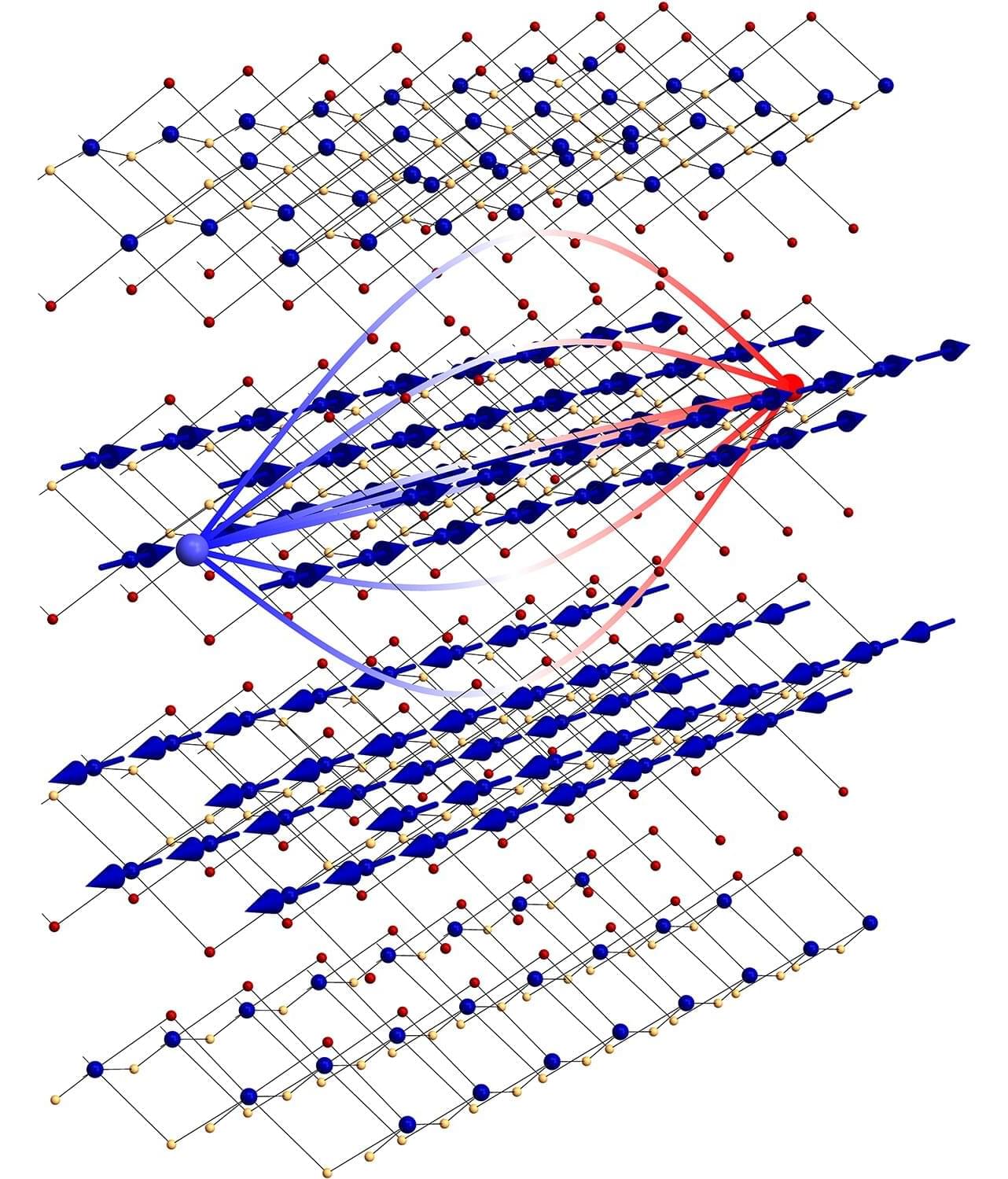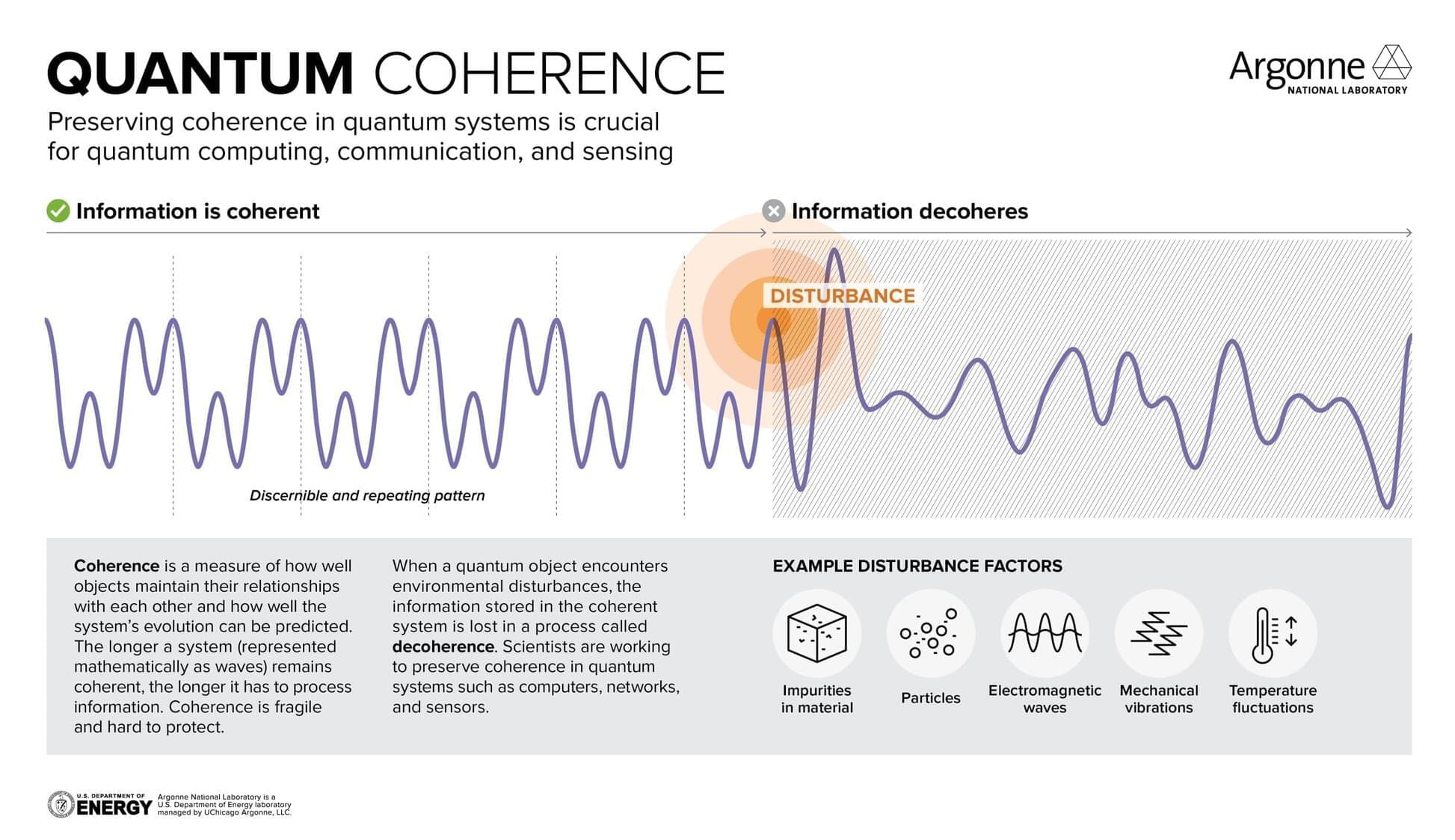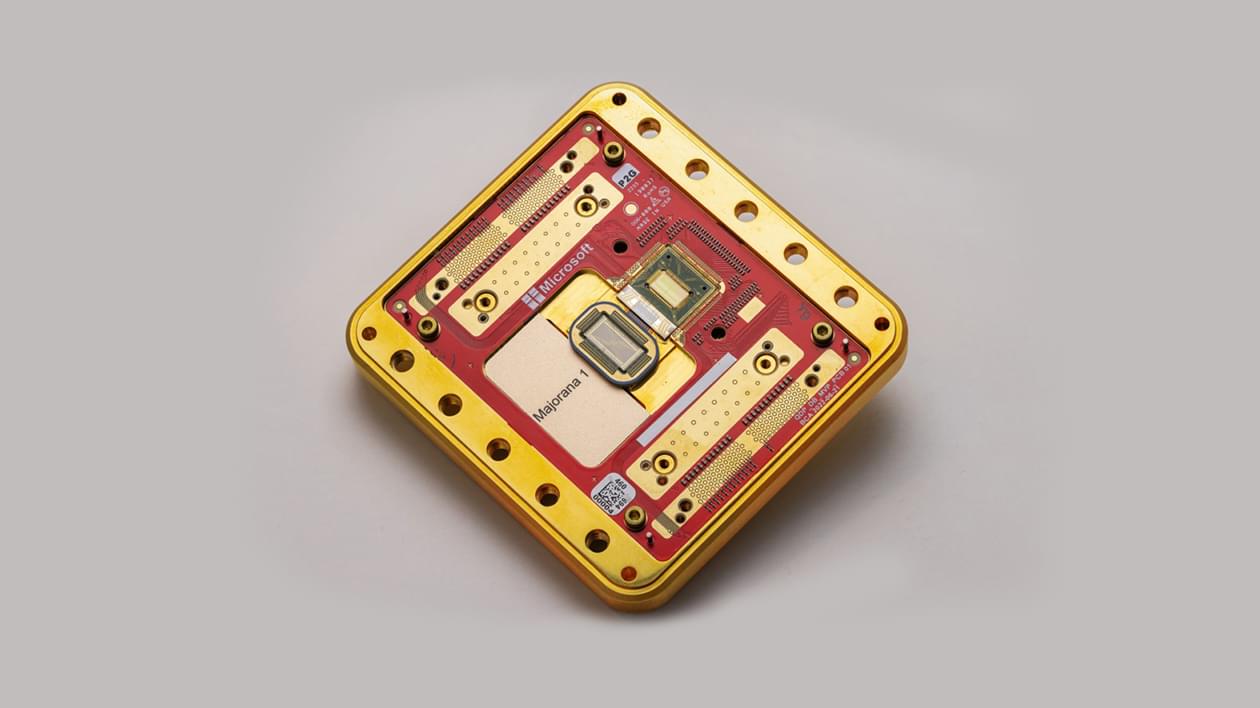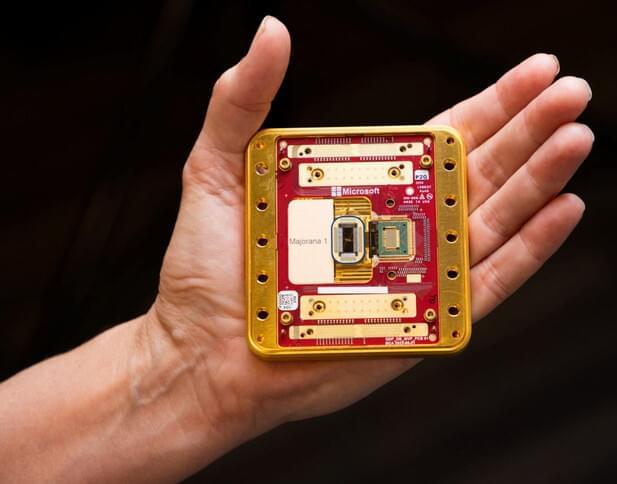Tech giant Microsoft unveiled a new computer chip on Wednesday that it says could transform everything from fighting pollution to developing new medicines, joining Google and IBM in arguing that the promise of quantum computing is closer to reality.
The US-made chip, called Majorana 1, can fit in the palm of a hand but packs a revolutionary design that Microsoft believes will solve one of the biggest challenges in quantum computing—making these super-powerful machines reliable enough for real-world use.
“We took a fresh approach and basically reinvented how quantum computers could work,” said Chetan Nayak, a senior scientist at Microsoft.
